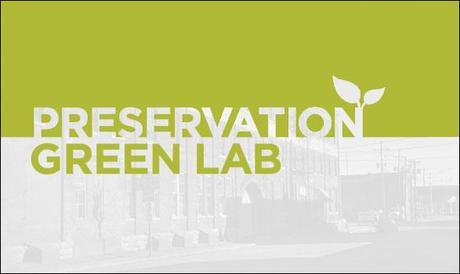 In some architecture circles there is a debate as to whether existing buildings are in fact the “greenest buildings.” The argument goes something like this: the resources required to build a new building outstrip the energy use of older buildings. Mind you, this is an overly simplistic rendering of the issue. As noted in an op-ed earlier this year, there have been three buildings on the site of the EPA’s Region 8 headquarters. While the current building is a gleaming testament to green building, the history of the site speaks to the debate over how green new structures are, even if they are certified.
In some architecture circles there is a debate as to whether existing buildings are in fact the “greenest buildings.” The argument goes something like this: the resources required to build a new building outstrip the energy use of older buildings. Mind you, this is an overly simplistic rendering of the issue. As noted in an op-ed earlier this year, there have been three buildings on the site of the EPA’s Region 8 headquarters. While the current building is a gleaming testament to green building, the history of the site speaks to the debate over how green new structures are, even if they are certified.
The National Trust for Historic Preservation’s Green Lab has a way to make a more convincing argument in favor of existing buildings as the greenest of them all. “Launched in March of 2009, the Seattle-based Preservation Green Lab advances research that explores the value that older buildings bring to their communities, and pioneers policy solutions that make it easier to reuse and green older and historic buildings. The Green Lab seeks to minimize carbon impacts from the built environment through direct emissions reductions from building retrofits and reuse, and to conserve character-rich and human-scale communities that attract people to more sustainable, urban living patterns.”
In particular, the Green Lab focuses on smaller (defined as less than 50,000 square feet) structures in an attempt to make them more energy efficient. Green Lab’s work centers on the smaller buildings due to a lack of attention to buildings of this size, which comprise 95 percent of the commercial buildings in the United States.
The Green Lab developed four “areas of innovation” for assessing the value, energy use, and needs of older buildings. See the list below for links and explanations:
-
Outcome Based Energy Code: A new, Outcome-Based Energy Code framework provides regulatory flexibility and enables innovation in greening older buildings.
-
District Energy: District Energy Solutions can make it easier and more affordable to transition older neighborhoods to cleaner sources of energy.
-
Valuing Building Reuse: New research explores the environmental value of reusing buildings rather than demolishing them to replace with new construction.
-
Deep Energy Retrofits: A new, web-based tool – being developed in partnership with the New Buildings Institute – will provide customized guidance for retrofits of smaller commercial structures to achieve energy savings of 50 percent or greater.
[Image source]

